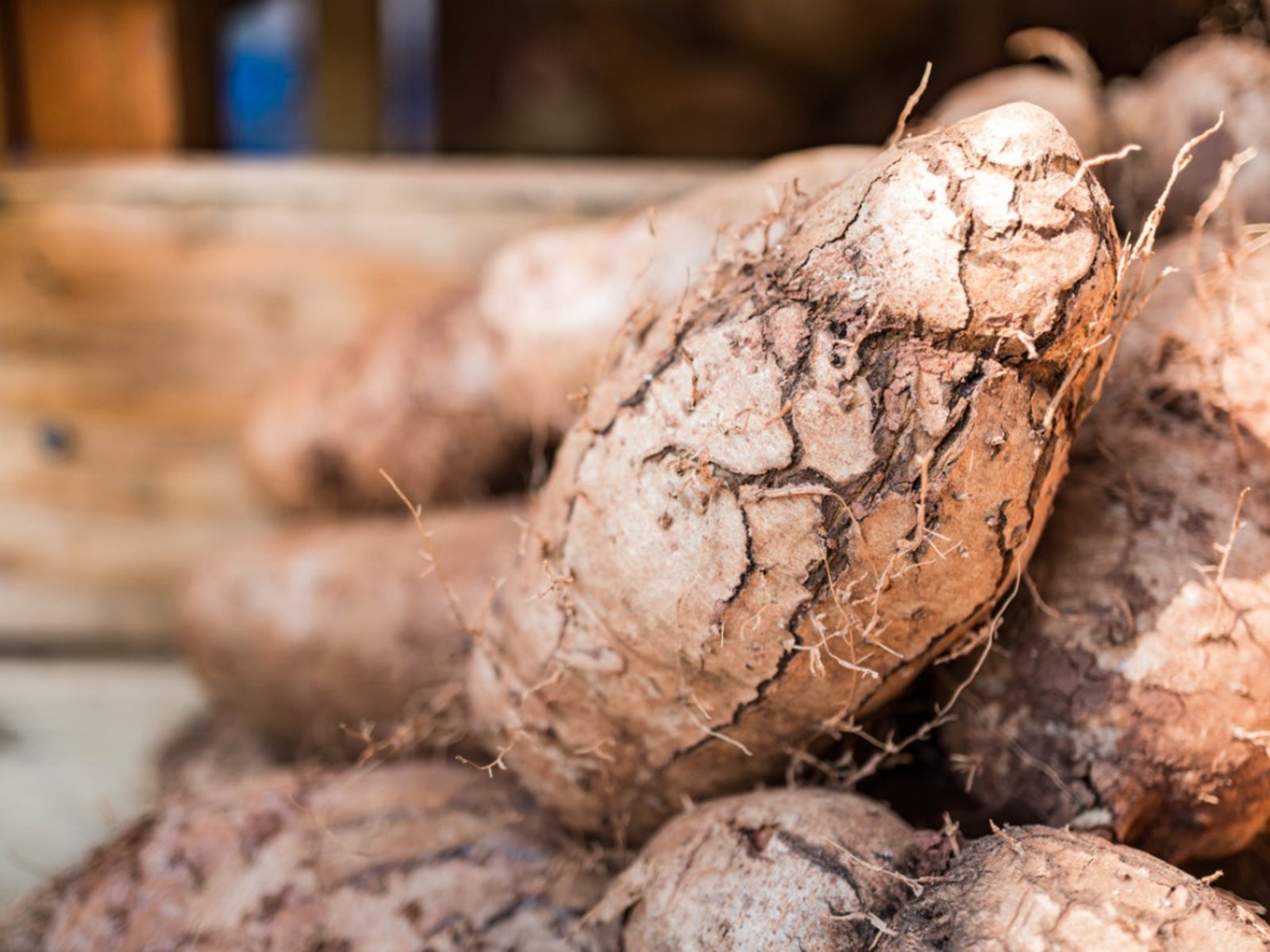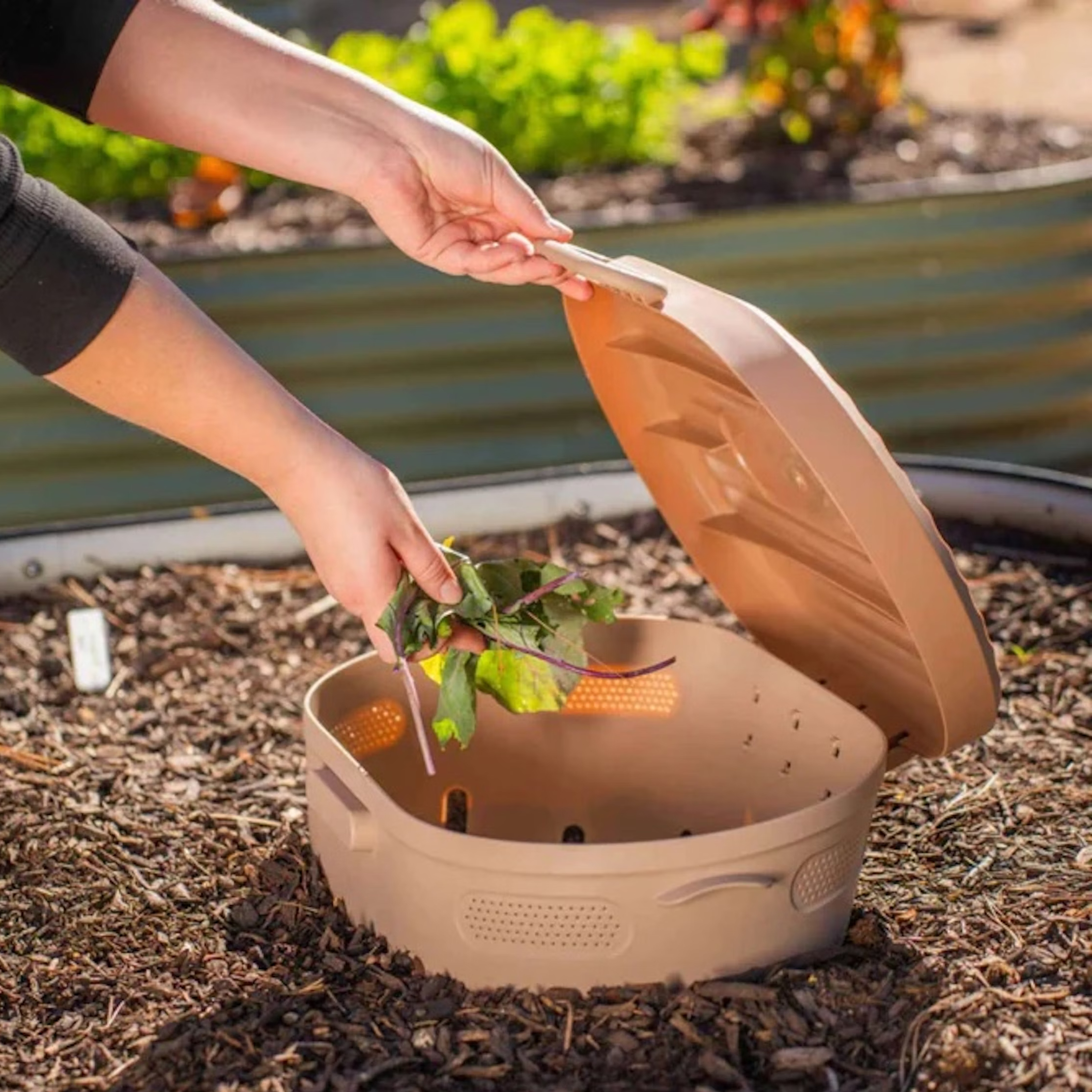Yam Plant Info: Tips For Growing Chinese Yams

Depending upon which region of the United States you reside in, you may be eating sweet potatoes for Thanksgiving or maybe yams. Sweet potatoes are often referred to as yams when, in fact, they are not.
Yams vs. Sweet Potatoes
A major difference between yams and sweet potatoes is that yams are monocots and sweet potatoes are dicots. Additionally, yams are related to lilies and a member of the Dioscoreaceae family while sweet potatoes are a member of the morning glory family (Convolvulaceae).
Yams are a root crop common to Africa and Asia while sweet potatoes are native to tropical Central and South America and the Caribbean. Until recently, the names were used interchangeably in grocery stores, but today the USDA has attempted to regulate the use of "yam" and "sweet potato." Currently the use of "yam" to describe a sweet potato must be clarified with the addition of the term "sweet potato."
Yam Plant Info
Now that we have all that straightened out, what really is a yam? There is probably as much yam plant info as there are species: 600 different species with as many uses. Many yams grow to giant sizes of up to 7 feet (2 m.) long and 150 pounds (68 kg.).
Yams contain more sugar than sweet potatoes but they also contain a toxin called oxalate that must be thoroughly cooked before safe for ingestion. True yams need up to a year of frost-free climate before harvest whereas sweet potatoes are ready in 100-150 days.
Yams are referred to by many other names including true yams, greater yam, and tropical yam. There are a number of varieties available for cultivation both for ornamental use and for harvest, such as Chinese yam plants, white yams, Lisbon yams, pei tsao, bak chiu, and agua yams.
Yam plants are climbing perennial vines with heart-shaped leaves that are sometimes variegated and quite striking. Underground tubers develop, but sometimes aerial tubers develop as well in the axils of the leaves.
Gardening tips, videos, info and more delivered right to your inbox!
Sign up for the Gardening Know How newsletter today and receive a free copy of our e-book "How to Grow Delicious Tomatoes".
How Do You Grow Yams?
Growing Chinese yams or any of the other true yams requires tropical to subtropical temperatures. Several species exist here, mostly in Florida and other temperate regions as wild plants.
When planting yams, whole small tubers or portions of larger tubers are used for seed pieces weighing 4-5 ounces (113-142 grams). Yams should be planted in temperate zones in March-April and harvest will take place 10-11 months later.
Make 42-inch (107 cm.) rows with plants spaced 18 inches (46 cm.) apart and 2-3 inches (5-7.6 cm.) deep. Hill plantings spaced 3 feet (.9 m.) apart can also be used when planting yams. Support the vines with a trellis or similar support for the best results.

Amy Grant has been gardening for 30 years and writing for 15. A professional chef and caterer, Amy's area of expertise is culinary gardening.
-
 Try The Trend – Turn Any Bed Into A Keyhole Garden With This Clever In-Ground Composter
Try The Trend – Turn Any Bed Into A Keyhole Garden With This Clever In-Ground ComposterKeyhole gardening is an efficient and sustainable practice that saves space. Get started on this DIY project quickly and easily with an in-ground composter.
By Bonnie L. Grant
-
 4 Superfast Composting Methods: Turn Waste Into Garden Gold In 30 Days Or Less
4 Superfast Composting Methods: Turn Waste Into Garden Gold In 30 Days Or LessTry the fastest composting methods to turbocharge your pile and transform kitchen scraps and garden waste into finished compost in just a few weeks.
By Mary Ellen Ellis